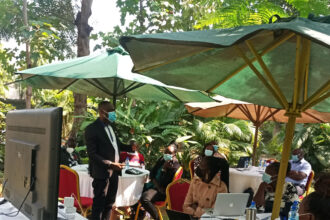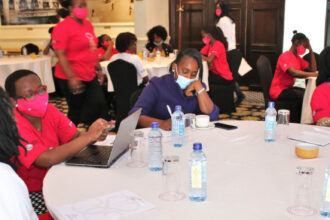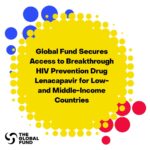Latest Health News
Pre-Exposure Prophylaxis uptake is gaining momentum
A HIV prevention expert has urged Kenyans to continue using Pre-Exposure Prophylaxis…
Pre-exposure prophylaxis usage gains traction, surpasses PEPFAR target
Oral Pre-exposure prophylaxis (PrEP) uptake is on a steady rise and Kenya…
Scientists now testing vaginal ring that can prevent HIV and pregnancy
Seven months after the World Health Organisation (WHO) approved the dapivirine vaginal…
No sufficient protection, findings say of HIV vaccine candidate
Results from Phase 2B of the Imbokodo Study – carried out to…
Options now available for women to reduce HIV risk
Experts in HIV prevention and treatment have laid bare how rapidly HIV…
The search continues, say scientists after setback on HIV vaccine trial
Scientists have played down fears that they may call off the search…
Journalists need to debunk health information to save lives
Debunking misinformation in health reporting By Christine Ochogo I christawine@gmail.com Information is…
Why Africa must participate in COVID-19 vaccines trials
By Darrel Bosire I info@meshascience.org Africa could benefit from lower prices by…
Global research on coronavirus disease gets a boost
By Christine Ochogo Scientists, physicians, funders, and policy makers globally have launched…







